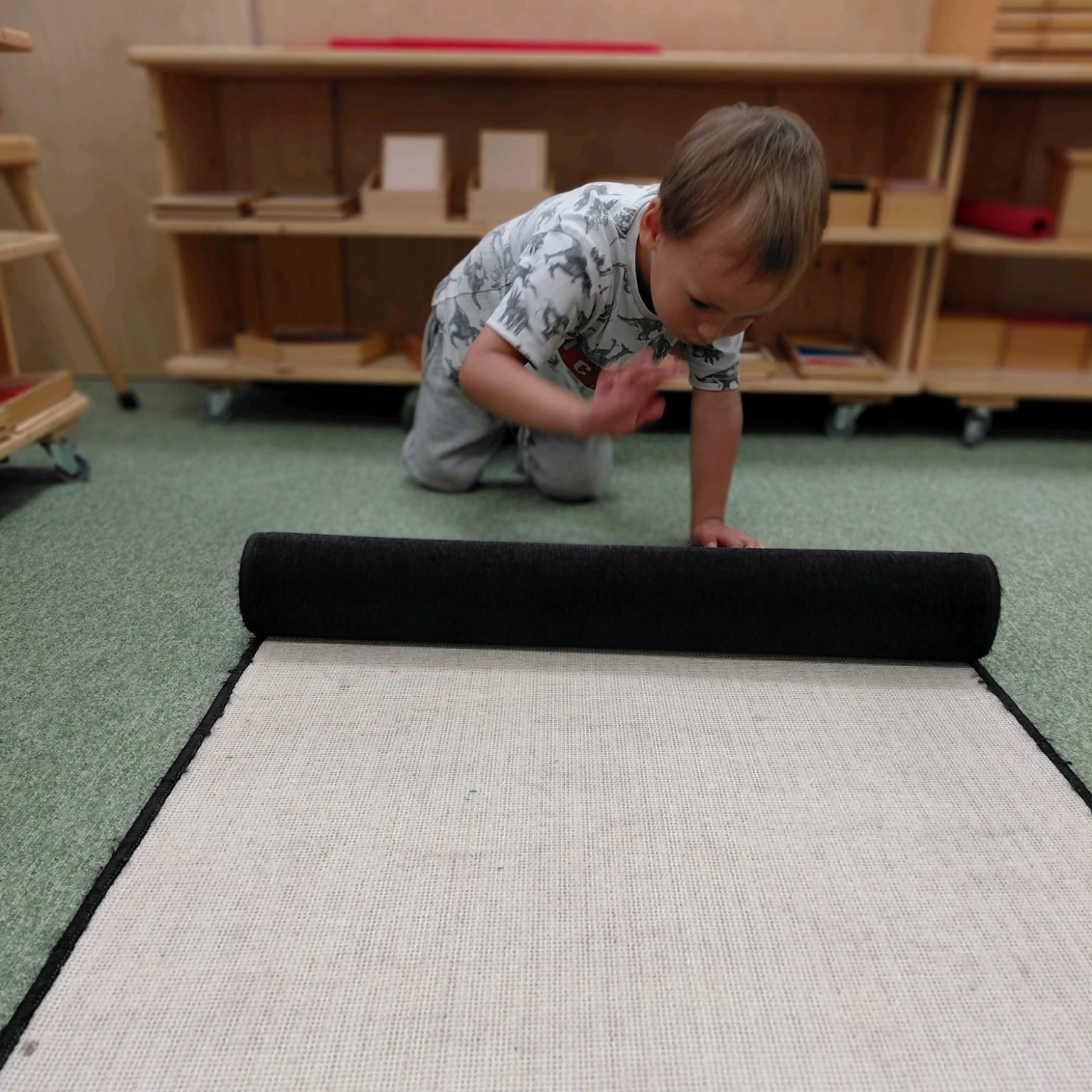Would you rather listen to this article via an (AI-generated) podcast? Then click here!
In the Montessori Children’s House, much attention is given to early literacy, numeracy, and practical life skills. But equally important is a part of the curriculum that is often less visible yet deeply impactful: Grace and Courtesy.
Grace and Courtesy lessons are a cornerstone of Montessori education. They help young children learn how to live respectfully with others, how to move with care, and how to build the social habits that support a peaceful community.
What Is Grace and Courtesy?
Grace and Courtesy refers to the intentional teaching of social norms and respectful behaviour. In Montessori, we do not assume children will simply “pick up” manners or social skills—we present them as lessons, just like reading or mathematics.
Grace involves inner calm, thoughtful movement, and control of the body. Courtesy is about interacting with others in a kind, respectful, and empathetic way. Combined, they offer children the tools to express themselves with confidence while being mindful of others.
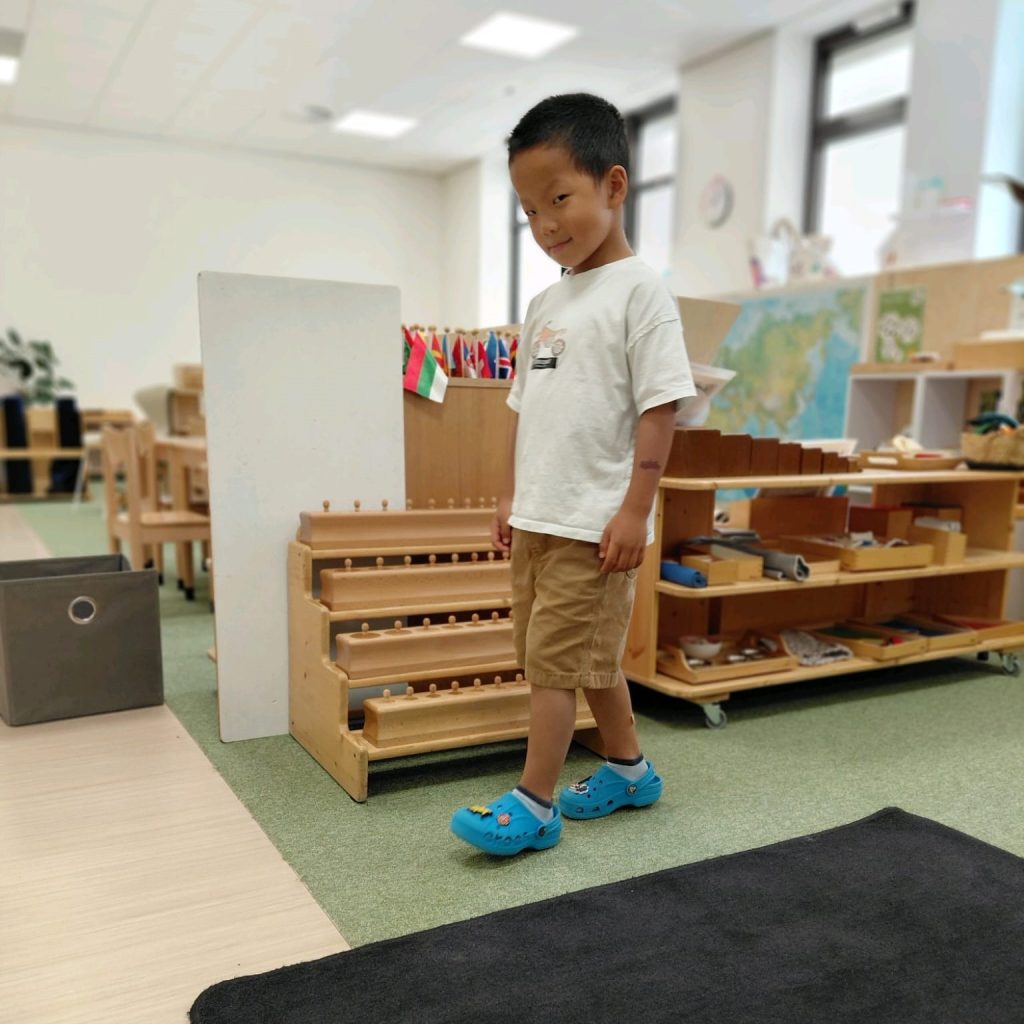
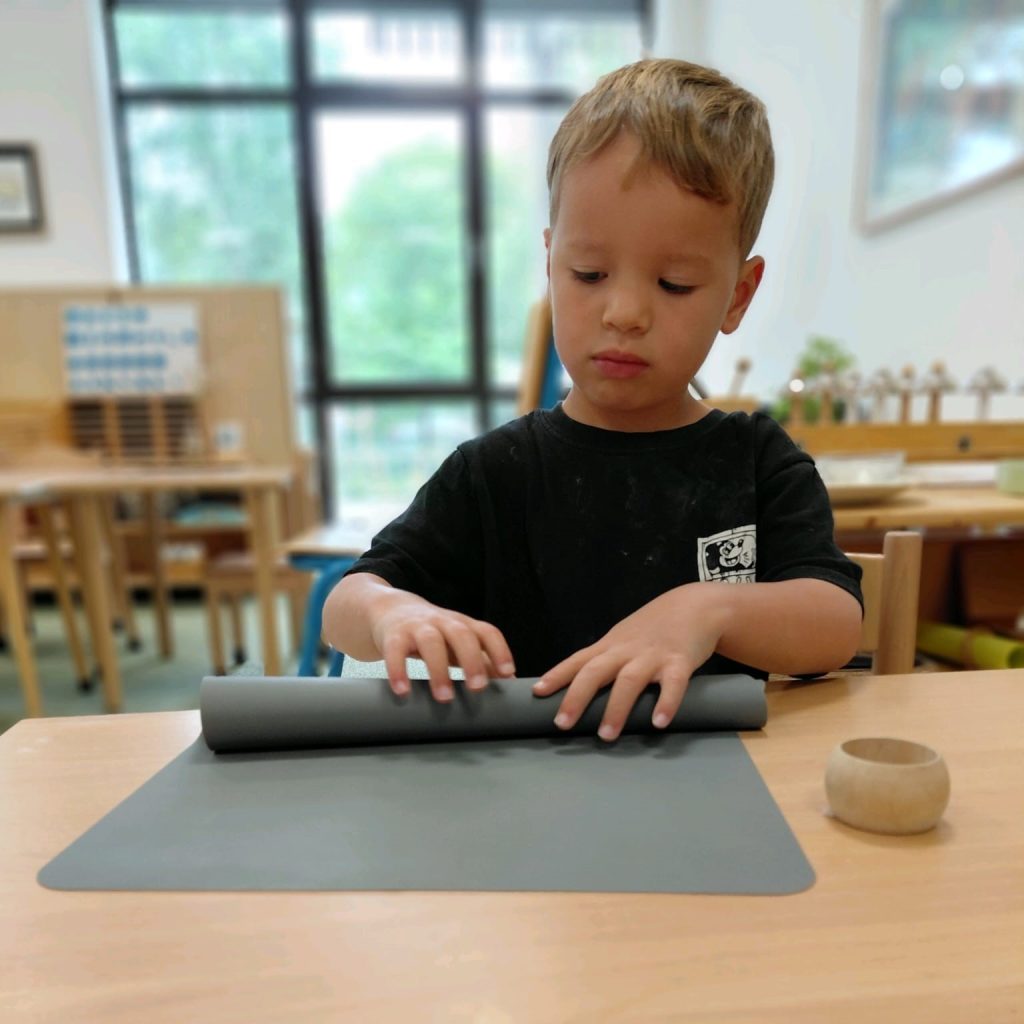
Why It Matters
Children in the Children’s House (ages 3–6) are in what Dr. Montessori called a “sensitive period” for social development. They are highly attuned to how people behave and eager to understand their place in a group. When we guide this natural curiosity with intention, children develop not only manners but real social awareness.
Grace and Courtesy is not about rigid rules or forced politeness. It’s about giving children the language and movement they need to contribute positively to their community.
How We Teach Grace and Courtesy
Grace and Courtesy lessons are short, clear presentations that model specific behaviours—how to greet someone, how to offer help, how to wait your turn, or how to carry a tray without bumping into others. These lessons are presented in calm, neutral moments, not in the middle of conflict or correction. During the lessons, children are often invited to practice through role play, something they really enjoy doing!
We teach skills before they are needed, and we repeat them often. If a child is struggling with something (like slamming a door), we ask: what skill is missing? Then we present that skill in a supportive way. Some lessons may need to be shown many times—that is not a failure; it is part of the process.
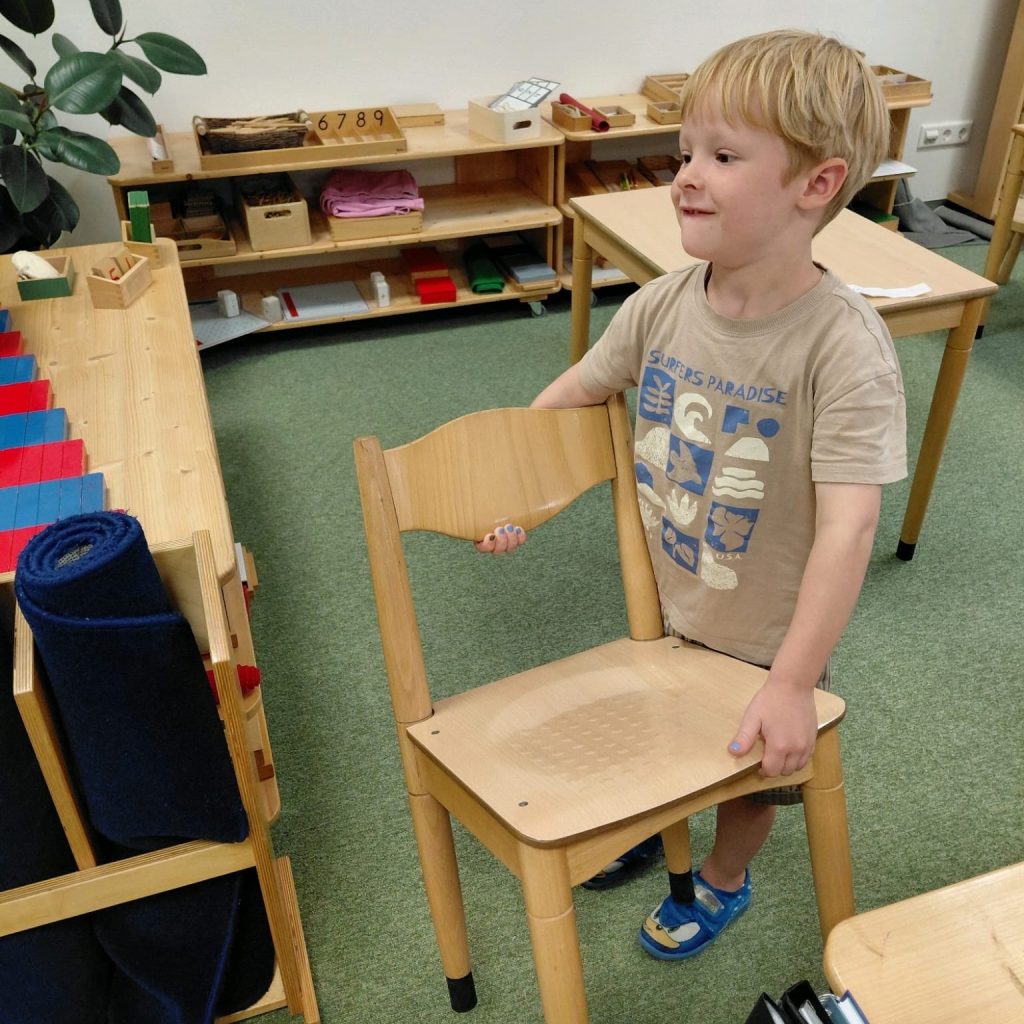
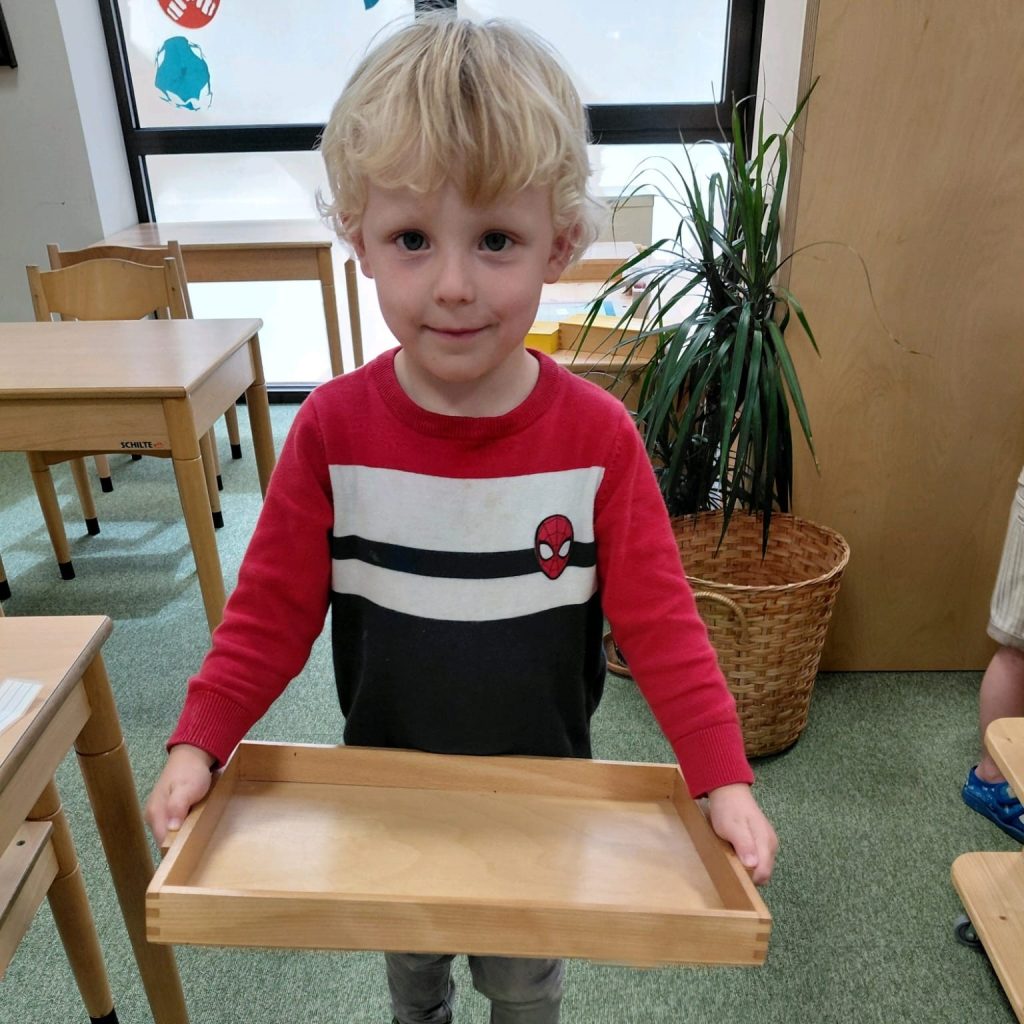
Consistency Between Home and School
Grace and Courtesy is most effective when reinforced both at school and at home. Parents can support this learning by modeling the same behaviours—such as saying “excuse me,” greeting others, or responding to mistakes with empathy.
By bringing awareness to social interactions, adults help children understand that these skills are important, learnable, and valued.
A Foundation for Life
Grace and Courtesy lessons may look simple, but they build the foundation for respectful relationships, emotional intelligence, and peaceful communities. These lessons prepare children not just for school, but for life.
At Casa Montessori, we are proud to offer an environment where children can develop these essential skills with purpose and joy. Grace and Courtesy help our students become not just learners, but kind and thoughtful human beings.
Curious how to support Grace and Courtesy at home? Talk to your child’s guide—we’d be happy to help!


